Kyoto is the second most popular spot for visitors coming to Japan after Tokyo. Where Tokyo is the city of dazzling neon lights, uber-modern inventions and architecture, explosive excitement and a bustling population, Kyoto feels like the exact opposite. It’s the perfect balance for any trip to Japan. Kyoto is history. Its ancient Zen gardens are perfect for internal contemplation, peaceful walks along aged pathways, spiritual visits sacred temples and traditional creative arts and culture. Whereas Tokyo is a city designed with curated, instagrammable spots, Kyoto is just naturally photogenic. If you’re only visiting Kyoto for a short period and are looking for the best spots to soak in the visual beauty of this city, these are my favourite places to hit up while on your photographic journey in the old capital of Japan, Kyoto.
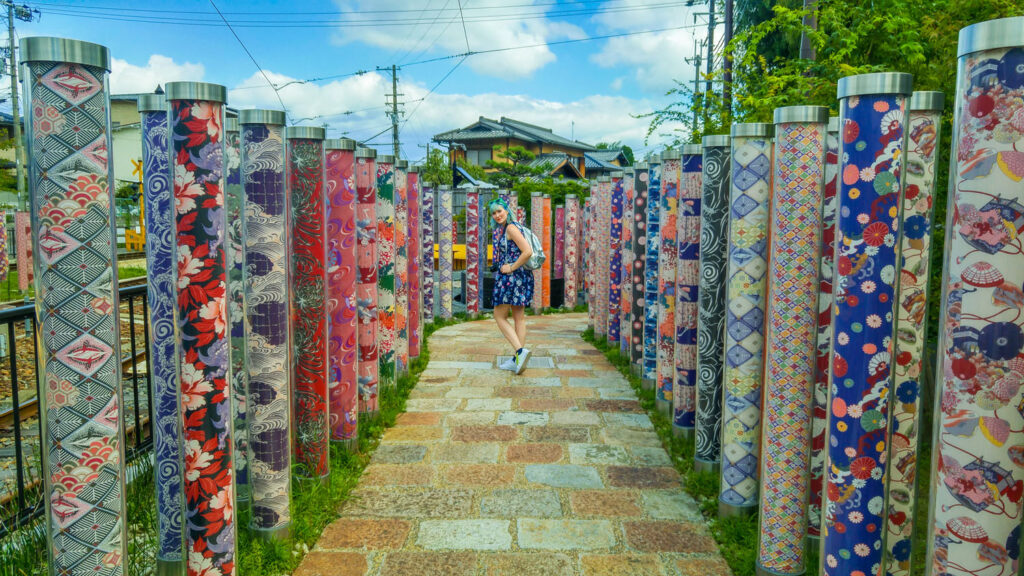
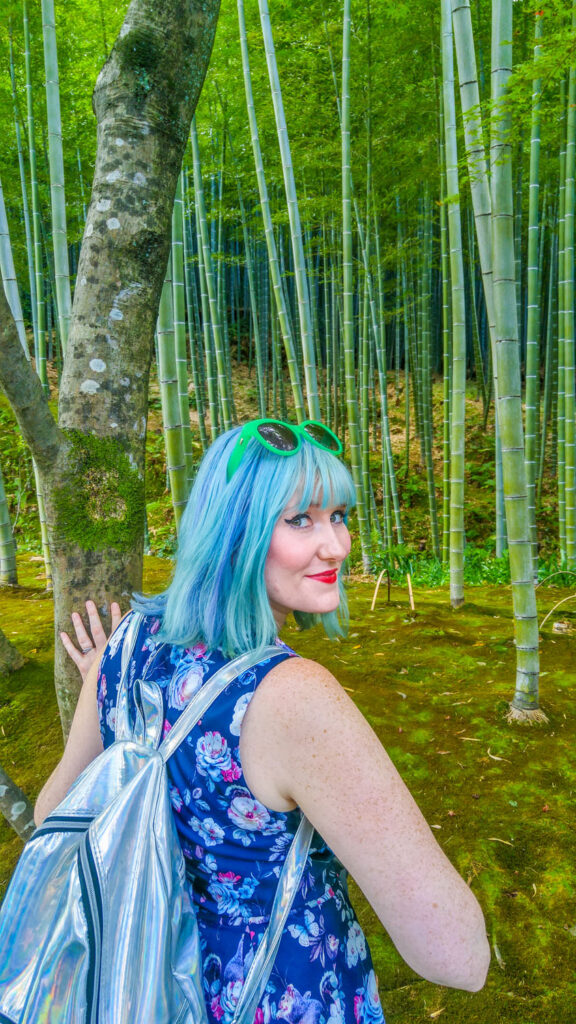
1. Fushimi Inari-taisha Shrine
Fushimi Inari-Taisha ShrineOne of the most iconic images of Japan has to be the bright, vermilion-coloured torii gates of Fushimi Inari Taisha in Kyoto. Many people come to Fushimi Inari Taisha not knowing the scope of it. They see the images online and think it’s just a few small alleyways – this is far from the whole picture. The main shrine sits at the base of the Inari mountains, but a path of thousands of torii gates behind the building leads visitors up 233 meters above sea level to visit 4 kilometres of sub-shrines, finally ending at the magnificent mountain top shrine.
To get the best shot without hundreds of people crowded inside the gates, prepared for a long hike. When you first the Torii gate trail, you’ll see it is crammed with tourists. The effect of the gates might seem a little distorted when full of people, but as you continue to walk, more and more people drop off, having had their fill, and suddenly you’ll find yourself being the only one in these fields of bright orange forest. The hike really pays off, and the view from the top of the mountain is absolutely breathtaking.
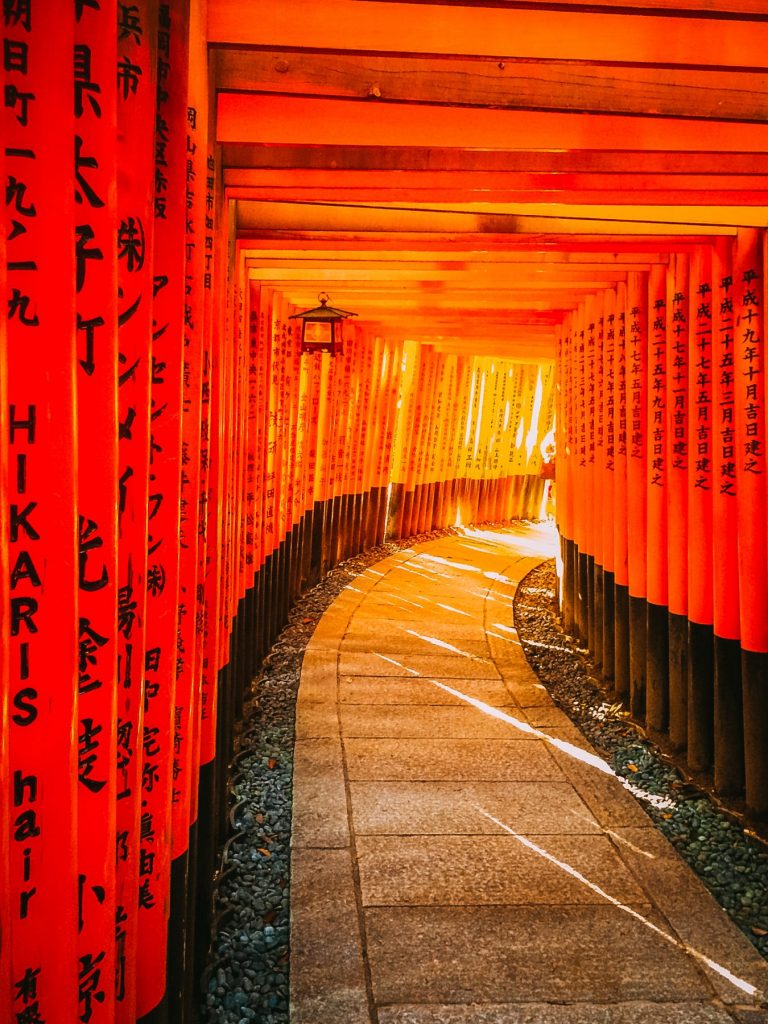
2. The Kimono Forest
About 30 minutes from the centre of the city is the village of Arashiyama. While this place is most famous for its incredible bamboo forest (also in this list), one of the more obscure places to visit here, which is absolutely unbelievable for Instagrammers, is the Kimono Forest. Behind the Sagano Romantic Train Station, you’ll find a forest created from a series of cylinder-shaped pillars. Each one contains various strips of fabric, the kind used in the design of traditional Japanese Kimonos. There are about 600 different pillars with 32 different patterns inside. Walk around to see if you can spot them all! The best time of day to see this exhibit is at dusk since the columns all light up and form a glowing pathway.
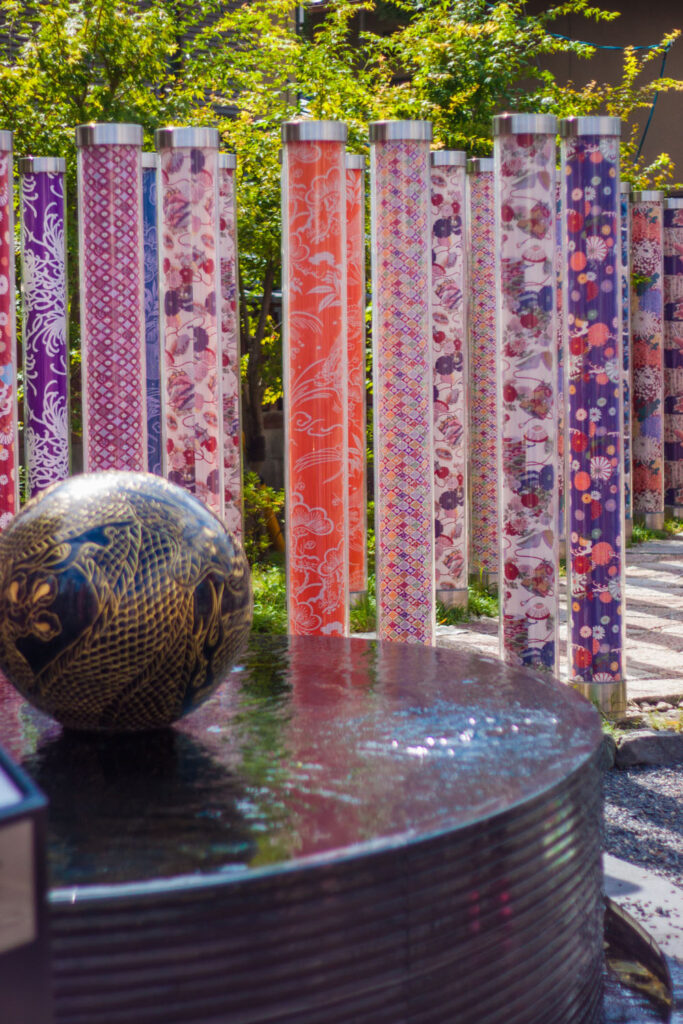
3. Arashiyama Bamboo Forest
The Arashiyama Bamboo Grove is heralded as being one of the “most beautiful groves on earth” and has been designated a “National Historic Site and Place of Scenic Beauty” by Japan. The Arashiyama Bamboo Grove is truly a place unlike anywhere else. It’s a spot where you can escape yourself, as long as you manage to escape the throngs of tourists as well. Obviously, everyone wants to be here when you have a clear shot of the grove without anyone in the way. Lots of people will tell you to come even before sunrise. And while that’s probably your best chance, even those super early risers have been disappointed to see that hundreds of others had the same idea.
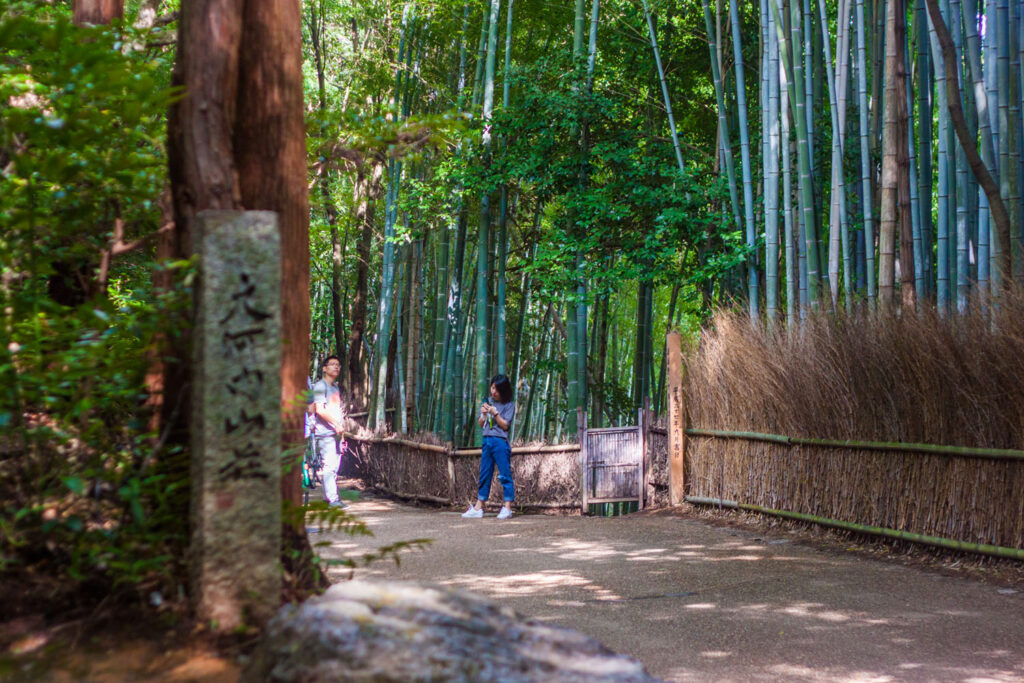
Advice on Touring the Forest
My advice is to take the crowds as they come and not to stress about waking up SUPER early on what’s supposed to be a relaxing vacation. I actually found that later in the afternoon, there were the least amount of people in comparison to the morning. It seemed like the tour buses were well on their way home as the sun began to set.
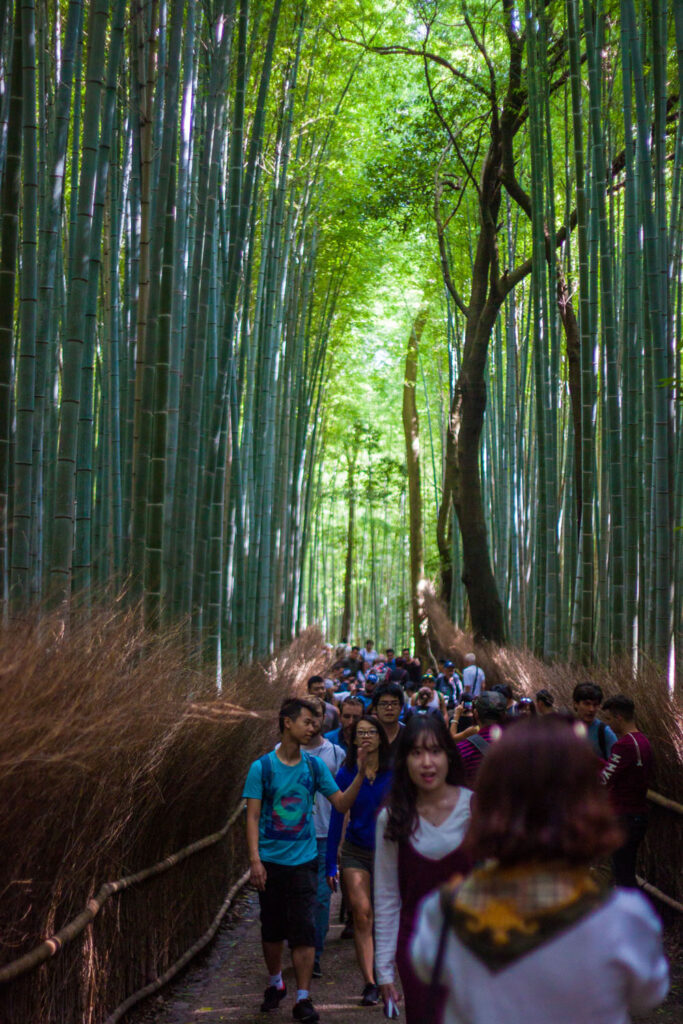
But even with tourists aplenty, there is still plenty to enjoy and ways to get those amazing shots! If one area becomes inundated with people, quickly pass through the crowd, and suddenly you’ll see that the path opens up. The dense areas of individuals tend to be formed by bus tours, all walking through together, so if you pass by them quickly, you might find that space they just left is pretty empty. A lot of these tour buses also don’t spend too much time in the forest. They enter at the beginning of the path but never make it to the end. I found that if you walk to the very end of the grove, you’ll find that by the end of the path, you’ll have the place to yourself at times.
4. Nishi Market
The Nishiki Market now spans five covered street blocks with hundreds of shops and restaurants on either side. Because the market is a covered pedestrian walking area, this is a great place to come if it happens to be raining while you’re visiting. They call this market “Kyoto’s Kitchen” since anything you need to prepare your meals is all right here under one roof. The market was first opened in 1615! Visually this street is a wonder! The red, yellow and green glass-covered rooftop cast this incredible glow down on all the shops below, each one of which has the most amazing visuals out on display; some are handicrafts, others are brightly coloured cakes, shiny fish scales glimmering in the lights or even the mochi makers pounding their delightfully green creations.
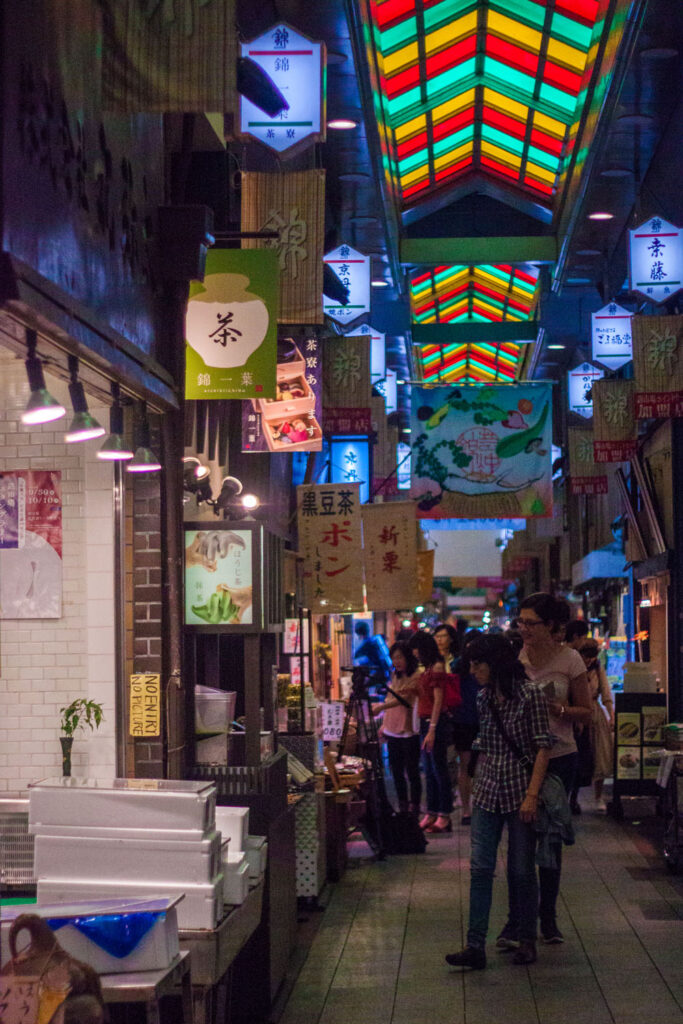
5. Kyoto Tower
Kyoto Tower, located right above Kyoto’s central train station, is the tallest structure in Kyoto and definitely the most modern one as well. It really stands out, literally as well as figuratively. While it might seem out of place, the juxtaposition of the contemporary tower against an ancient skyline and the scenic mountains in the distance is a wonderfully composed photo.
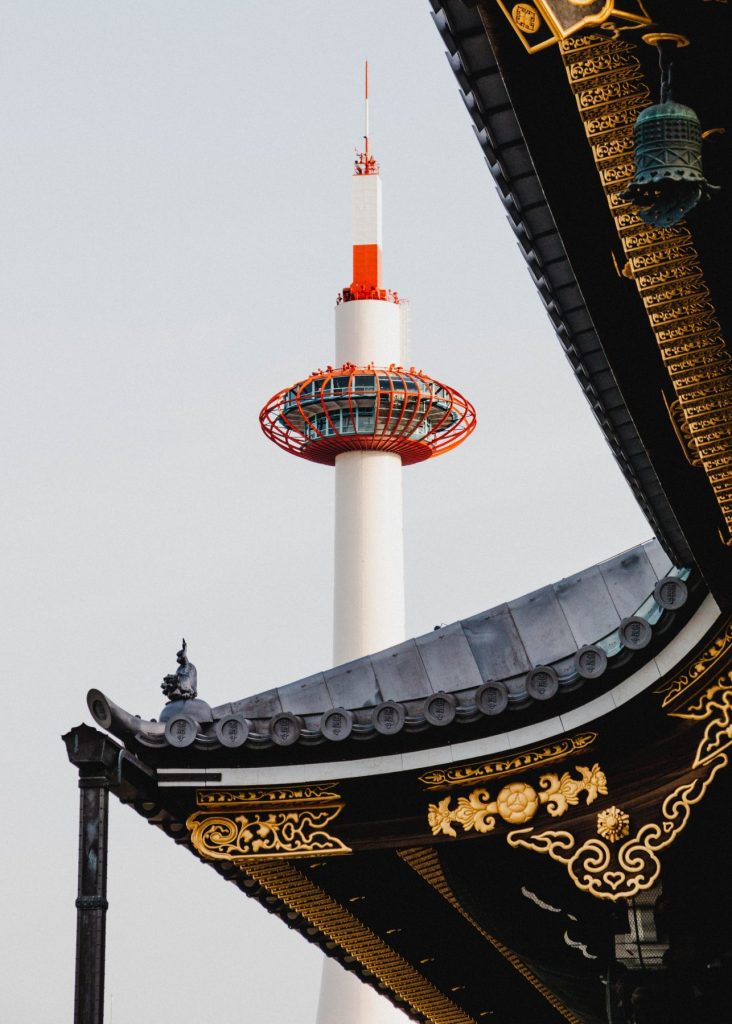
6. Traditional Fan Shops
A traditional Japanese folding fan is one of the most popular souvenir items which people bring back from Japan, but unlike some touristy things, Japanese people do indeed use these daily in the more rural areas of Japan where modern conveniences are a luxury. Before air conditioning, these fans were the perfect way to keep cool on a hot day and their design and the artist who made them have been highly regarded for hundreds of years. You can still visit the artisans who create these iconic fans at Hangesho in the Shin Miyagawa Muso neighbourhood. This is where some of Kyoto’s famous Geisha get their fans, which they use in their tea ceremonies. Watching the delicate hands of these artists at work is a genuine experience but looking at their works on the walls is a feast for your eyes (and camera)!
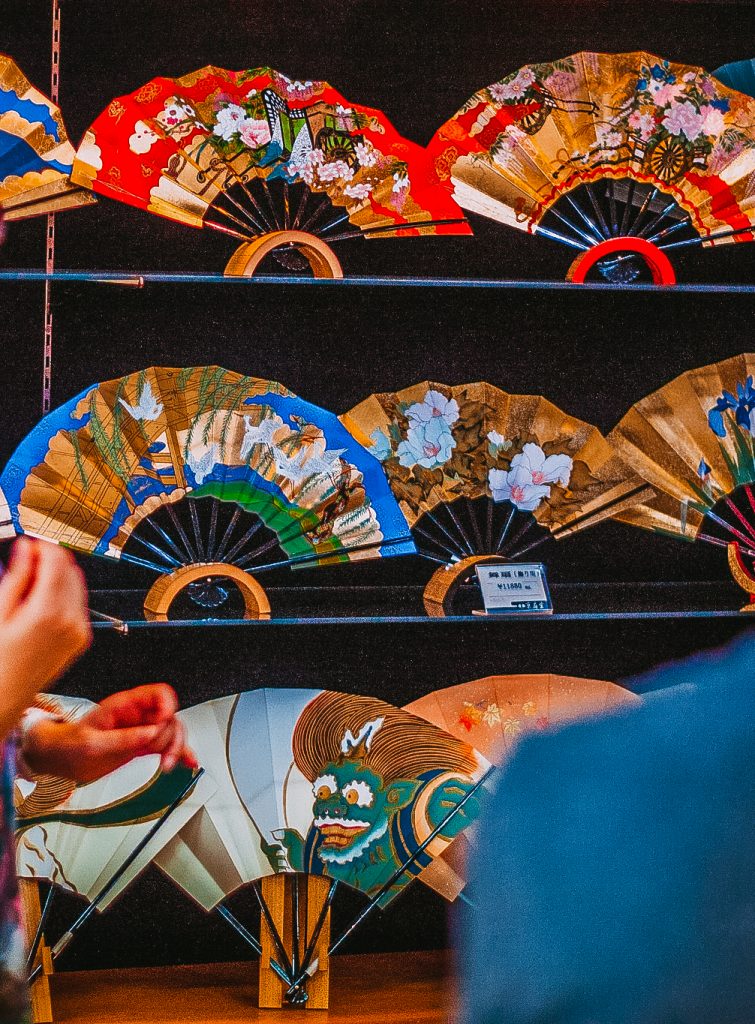
7. Kamo River Bridge
Near Gion, you’ll find the Kamo River Bridge. The best place to get a shot of the main bridge is from the bridge just south of the main crossing. The Kamo River has served over the years as a place of great importance for the people of Kyoto. The river was diverted in the 8th century to ensure the new course past the town’s new capital Heian Capital (now called Kyoto).
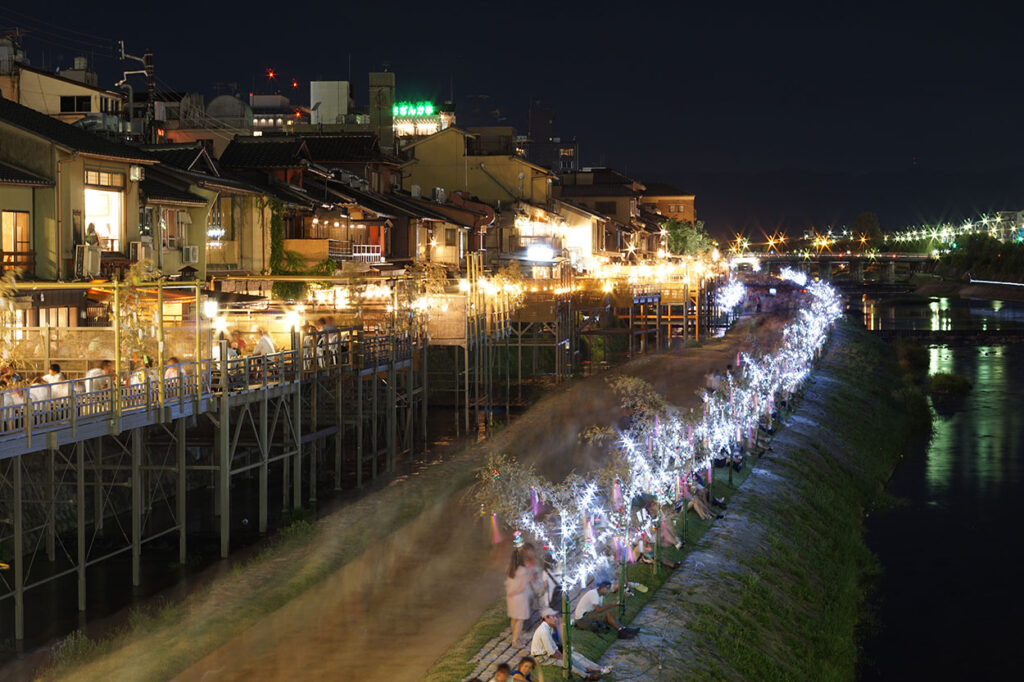
The river was not only a place for the locals to get their drinking water but was where many of the local fabric makers would come to dye their beautiful fabrics, and pottery makers would begin to get supplies for their work, two iconic symbols of Kyoto craftsmanship. At night the lights from the neighbouring street light up the ancient trees, which line the river’s edge and create the most stunning picture. From here, you can also see the famous Minamiza Kabuki Theater in the distance, as well as a myriad of other iconic structures from Kyoto’s architectural history.
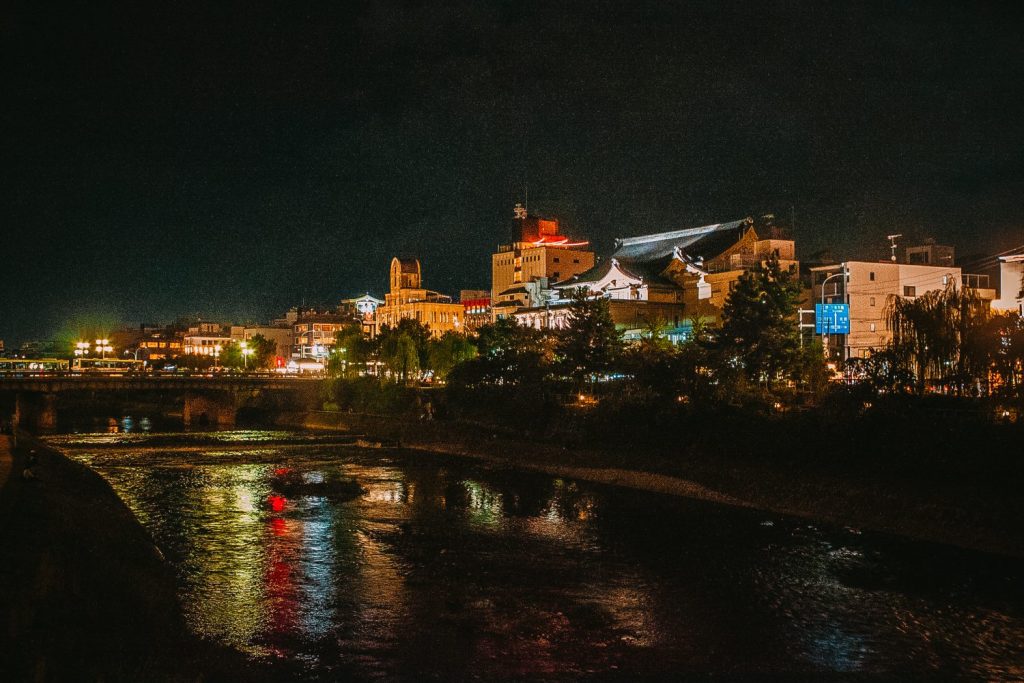
8. Geisha Spotting in Gion
The Gion district is one of Kyoto’s oldest neighbourhoods. The streets seem to surge with history, but what makes this area so unique is that it is one of the last remaining places where you can see real Geishas in Japan. Up and down these streets, you can keep your eyes open and see if you can catch a glimpse of a Geisha on her way to a tea house where exclusive guests enjoy an evening of traditional Japanese entertainment.
If you see a Maiko or Geiko in the streets, be respectful. They don’t mind if you take a picture, but they won’t stop and take a picture with you or stop to chat. If they’re on the street, they are on their way to work and don’t have time to dillydally. Let them go on their way, and just allow yourself to be an observer of their grandiose presence. The best time to spot Geisha is right before dinner time when they leave their homes to head to their private tea houses.
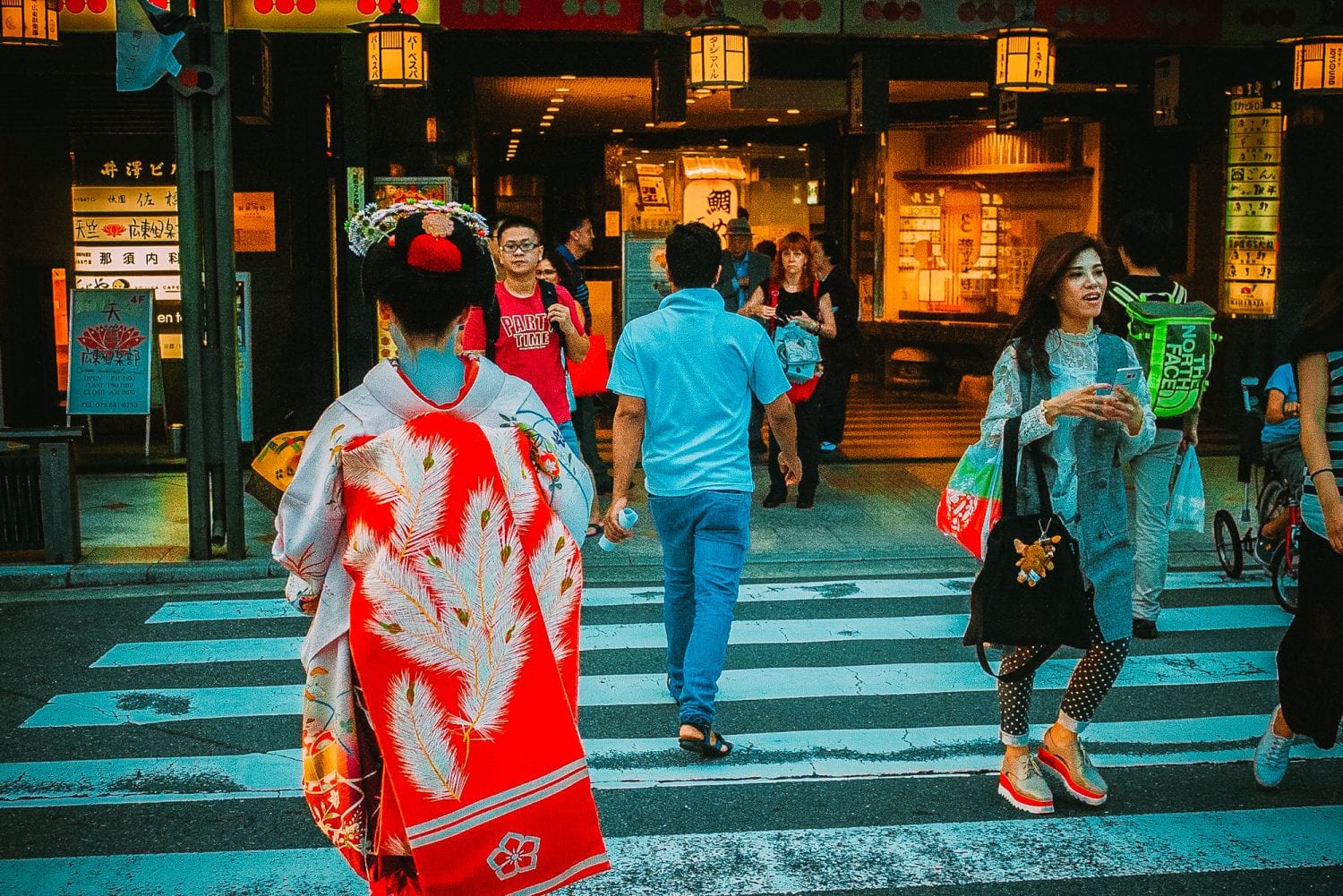
9. Kiyomizu-dera Temple
Upon a mountain, glowing orange against a sea of green trees is Kiyomizu-Dera Temple. This temple is one of the best places to visit in Kyoto to see traditional Japanese architecture. Kiyomizu-dera was founded here in 778, but most of the buildings you’ll see today were built in 1633. The name ‘Kiyomizu-dera’ comes from the waterfall which flows through the grounds since the word ‘Kiyoi mizu’ means pure water. I love this temple so much; visiting it feels like uncovering levels of beauty as you approach.
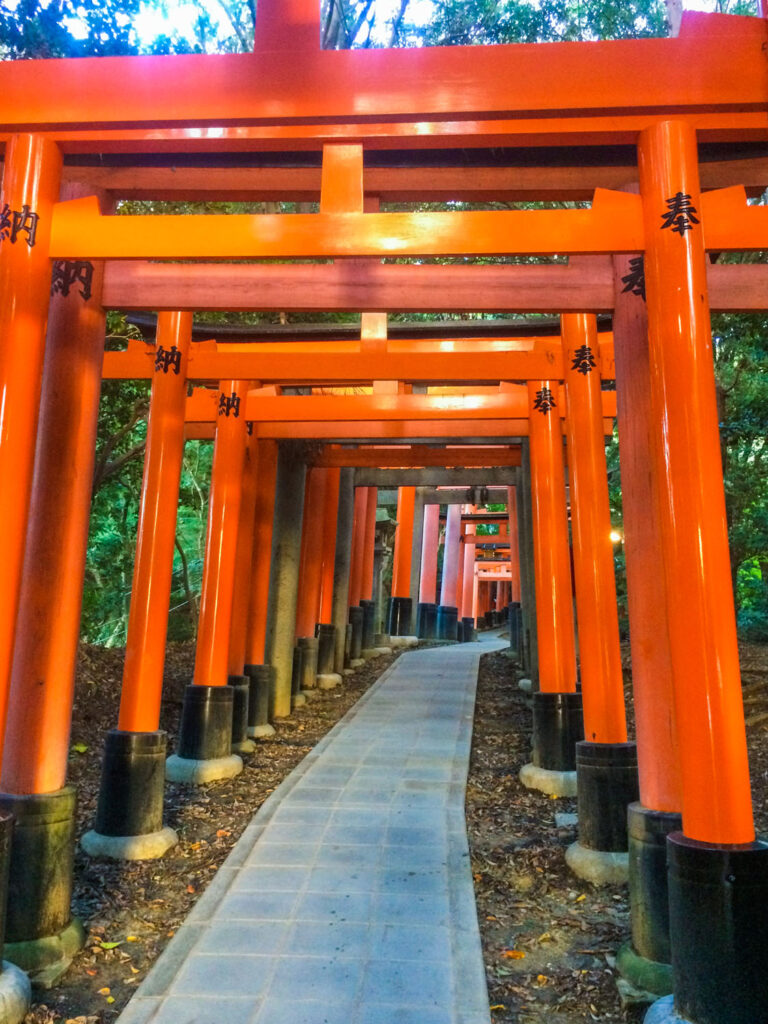
The walk up the hill towards the temple is full of antique shops selling brightly coloured goods, then you reach a bright red gate guarded by incredible statues. Inside you’ll see the gorgeous vermillion Koyasu Pagoda and, finally, the ancient wooden main hall. It was built without a single nail, and the veranda juts out 13 meters over the forest floor below with a view of the city below that is unrivalled!
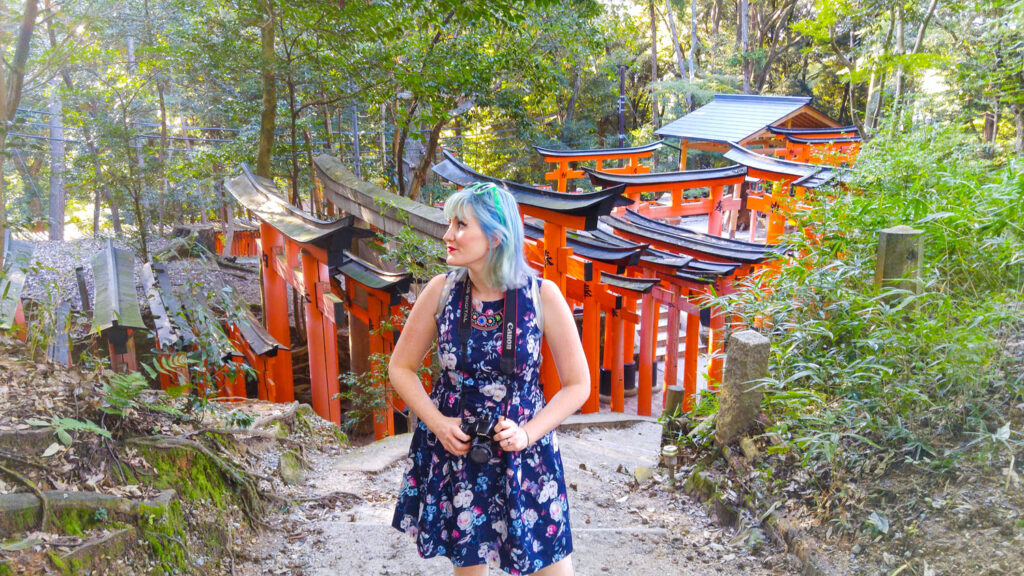
10. Kinkaku-ji, the Golden Pavillion
Northwest of the city centre, you’ll find Kinkaku-ji, the Temple of the Golden Pavilion. Originally this incredible complex was built as a villa for one of the most influential statesmen in Kyoto. After many years it changed hands but eventually was converted into a Zen temple. The pavilion is one of the most popular tourist sites in Kyoto and draws millions of visitors a year. One of the reasons is the sheer power which this building holds. The top two storeys of the pavilion are covered in PURE gold leaf!
The juxtaposition of this against the simple and natural environment of the trees surrounding it feels like something out of a painting or Japanese woodcut print. While there are a lot of tourists who can take away from the zen-like experience, much like the Bamboo forest, it’s all about finding your way away from the crowds and enjoying those precious quiet moments you will manage while here.
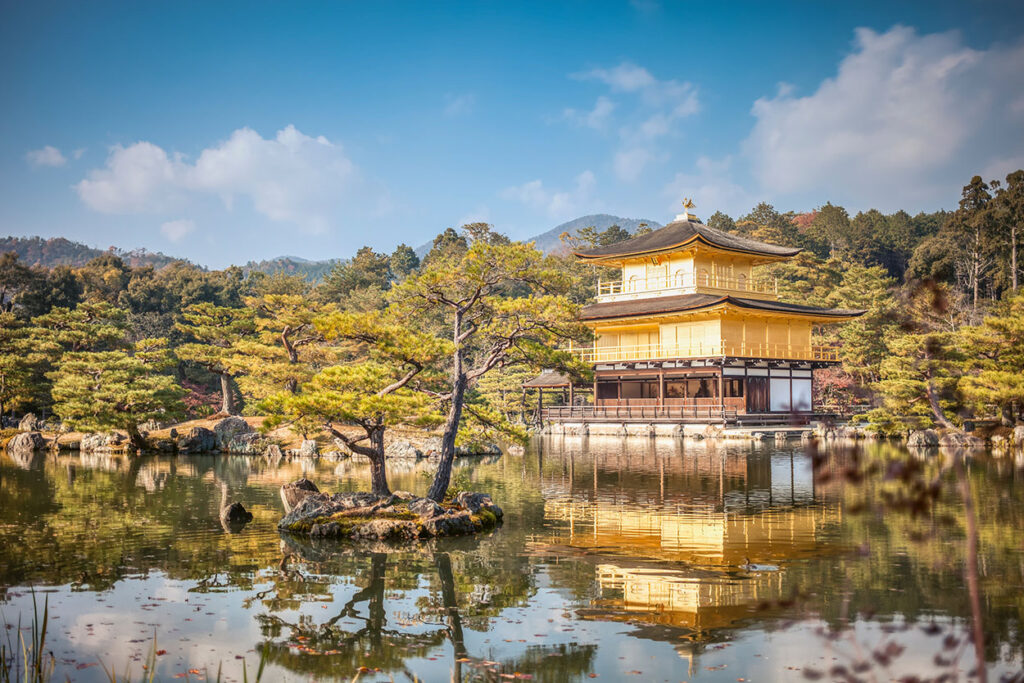
11. The Philosopher’s Path
The Philosopher’s Path is one of the most magnificent exploratory walks you can experience in Kyoto. The path is located in the northern area of Higashiyama at the base of Kyoto’s East Mountain. It is a place to wander, to find yourself, to embrace peace and quiet and to see what makes Kyoto so unique as a city. The path follows the Lake Biwa Canal for around 29 kilometres at the base of the mountain. The trail is lined with cherry trees on either side. During the cherry blossom season, this is one of the most popular spots to come and view the spectacle.

12. Nanzen-ji Temple & Hōjō Gardens
Nanzen-ji Temple was built in 1291 for Emperor Kameyama on the site of his former palace. Inside you’ll find the Hōjō gardens, which are one of the best examples of “karesansui” gardens in Japan. They mirror the natural forms of their environment, and unlike many European gardens, they are 90% gravel. This might seem odd and ugly, but the result is a marriage of the natural environment and the man-made arts. Inside the Hōjō, you’ll find Japanese screen paintings with golden embellishments by Kanō Tan’yū, which are considered a National Treasure in Japan.
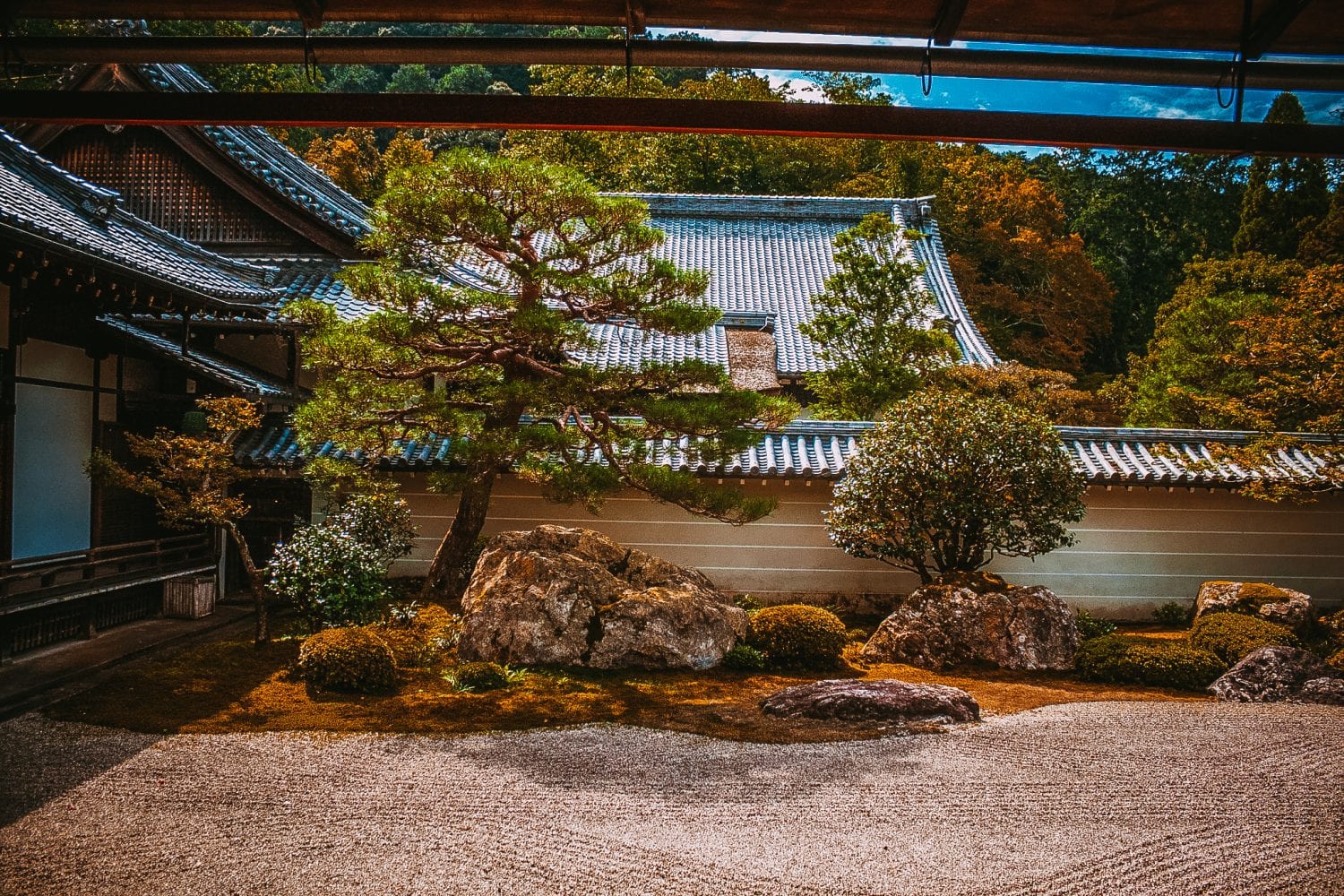
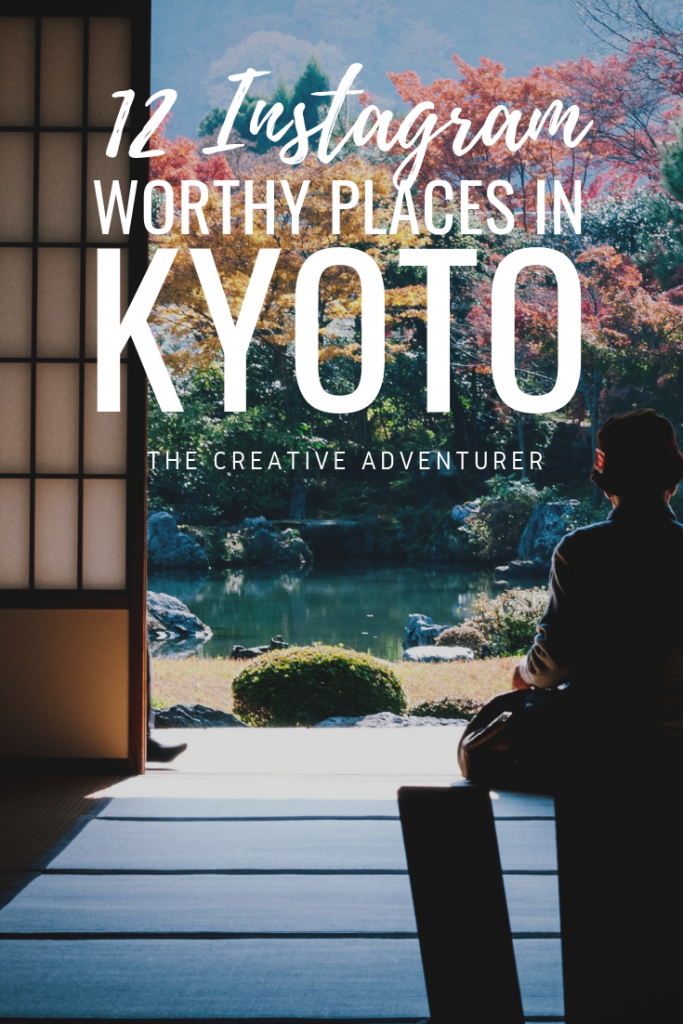
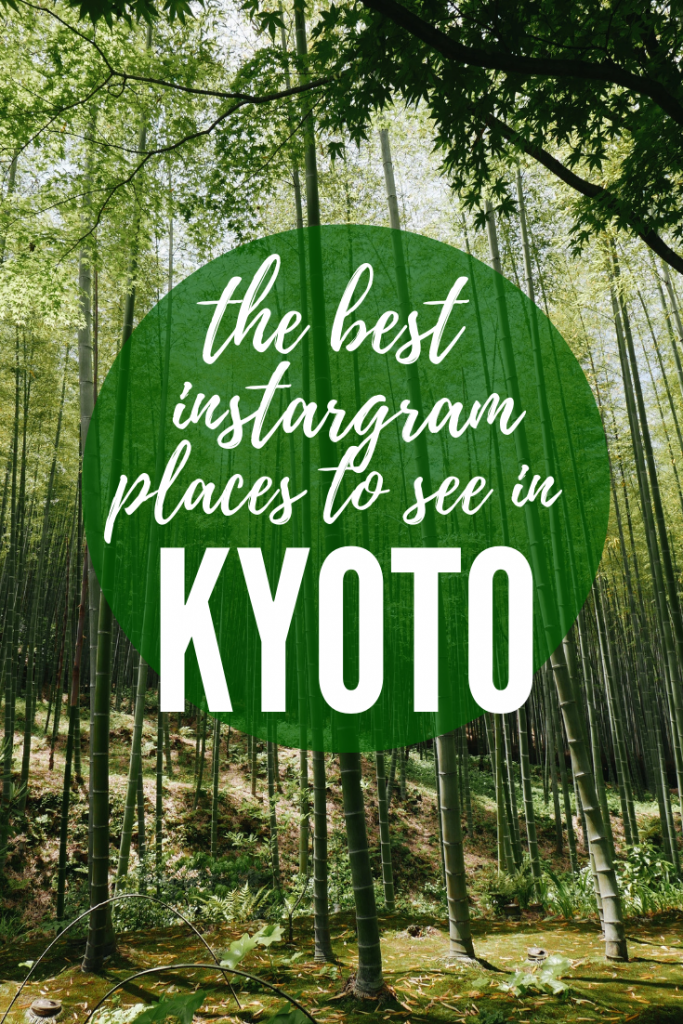
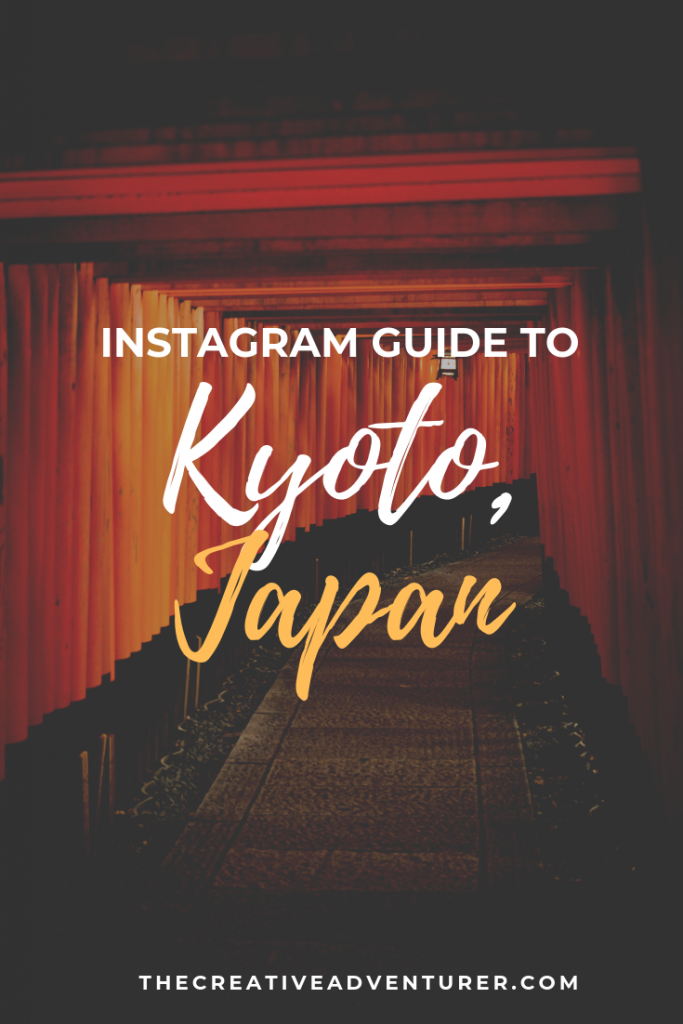


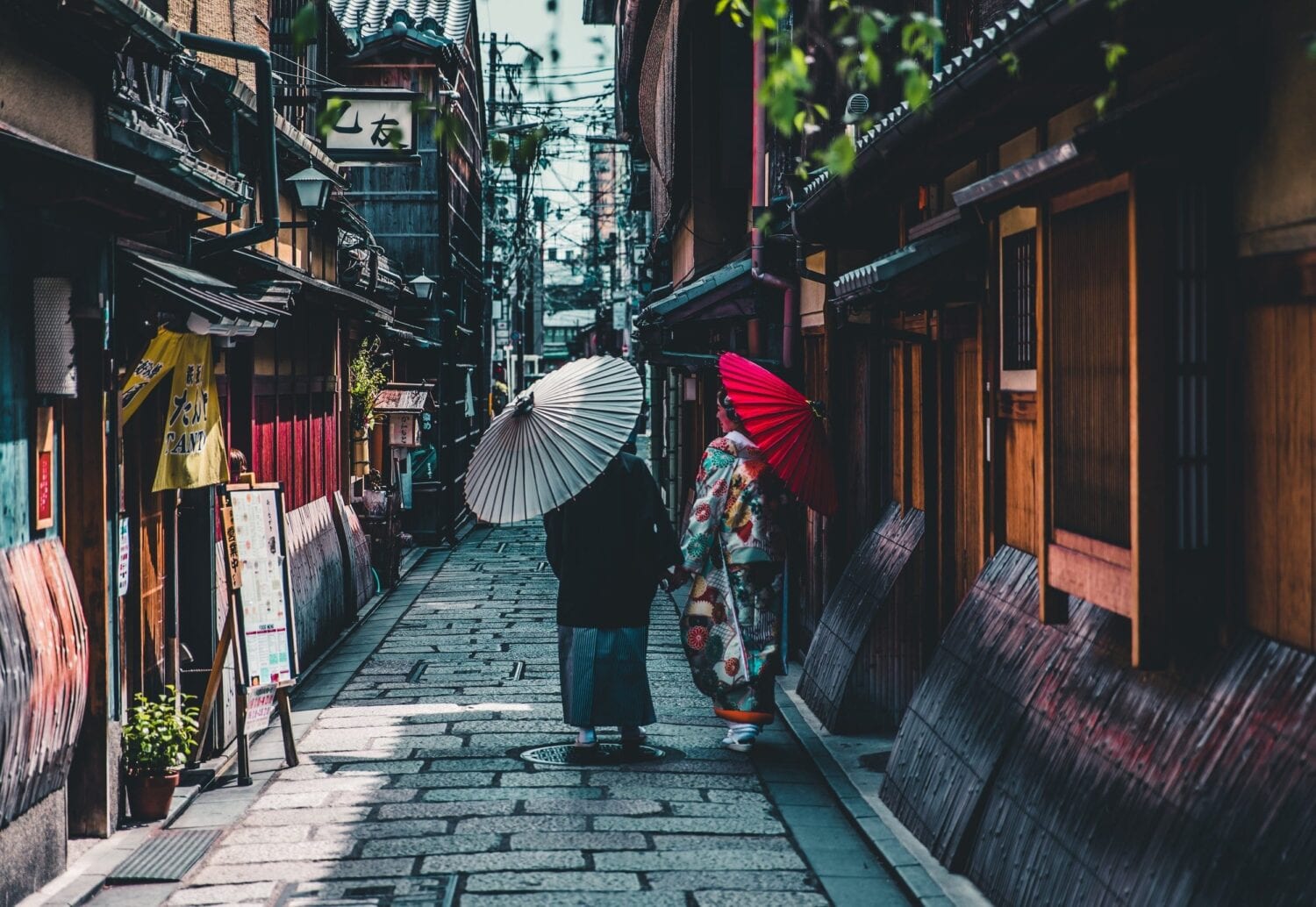
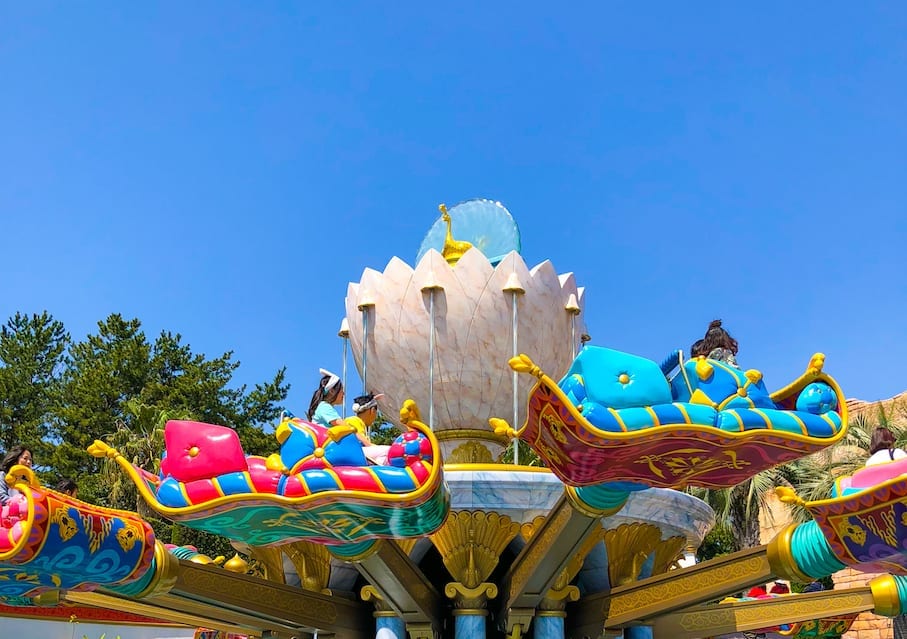

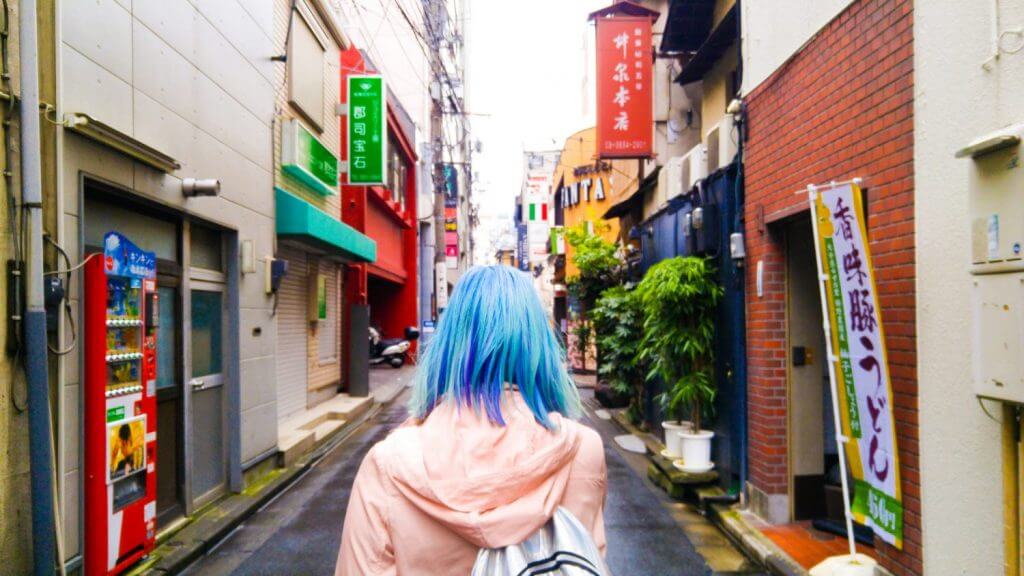
Leave a Comment